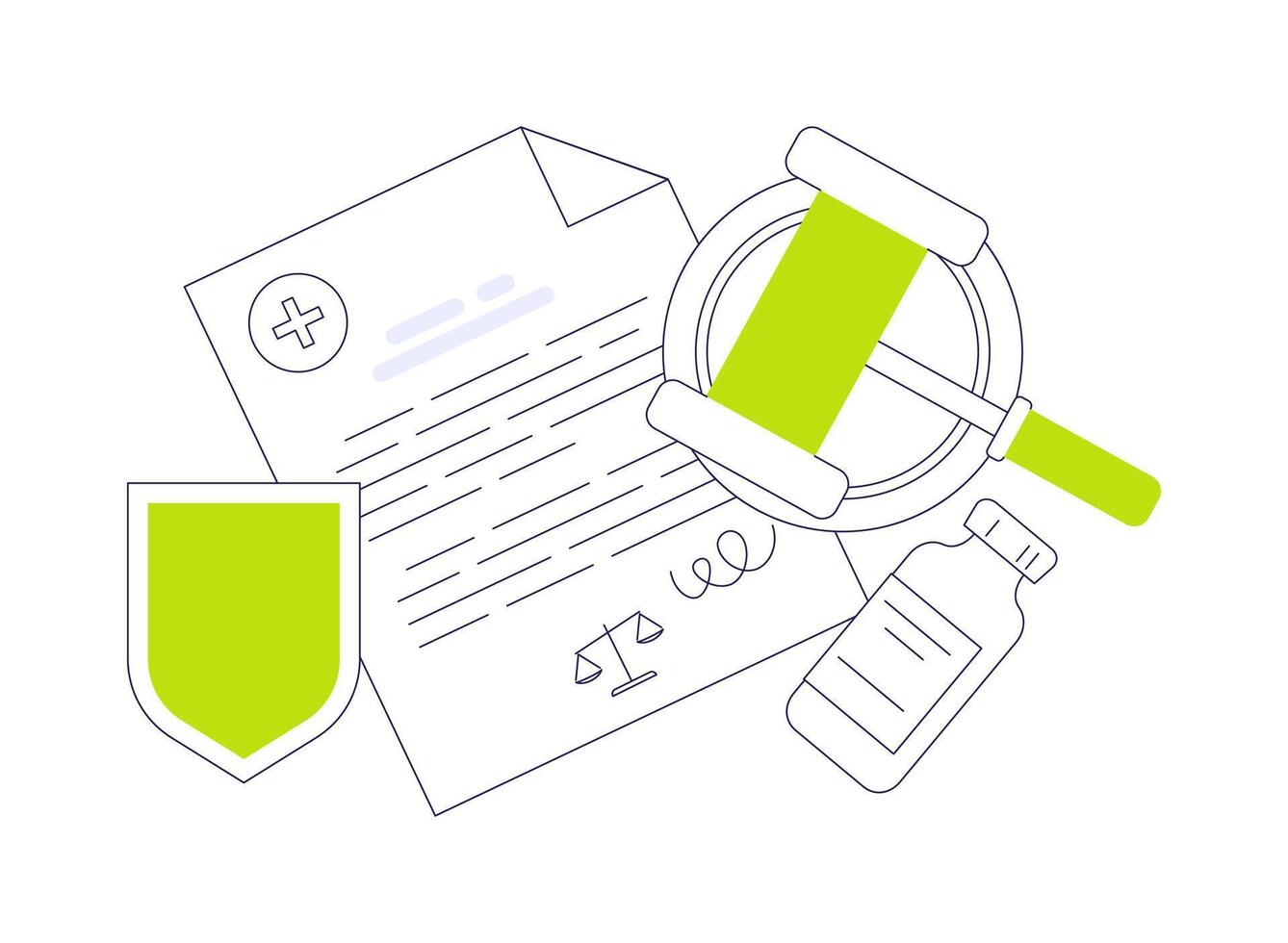Before embarking on the translation of academic papers, translators need to complete a series of thorough preparations. Based on the experience of its translators, Artlangs Translation Company has carefully summarized the following detailed steps and suggestions:
I. Fully Grasping the Essence of the Original Text
Overview of the Paper's Structure: Quickly flip through the paper to form a preliminary understanding of its theme, structural framework, research methods, and conclusions. Clearly identify the core information such as the research background, purpose, hypotheses, methods, findings, and conclusions of the paper.
In-depth and Detailed Reading: Conduct a segmented and meticulous reading, marking difficult terminology, complex sentences, and key information points. Pay special attention to professional terminology, abbreviations, symbols, and formulas in the paper to ensure an accurate understanding of their meanings and applications.
Supplementary Background Knowledge: For unfamiliar professional fields, consult relevant literature, professional dictionaries, and online resources to deepen understanding and more accurately grasp the author's intention and paper's arguments.
II. Building a Glossary of Professional Terminology
Identifying and Marking Terminology: During the reading process, identify and annotate all professional terminology and core concepts.
Finding Authoritative Translations: Use professional dictionaries, academic literature, or online resources to find precise translations of terminology, ensuring the accuracy, consistency, and professionalism of the translation.
Compiling a Glossary: Organize all terminology and their translations into a glossary. Refer to it during translation to maintain consistency in terminology translation.
III. Understanding the Target Audience and Cultural Background
Analyzing Audience Characteristics: Clarify the academic level, language habits, and thinking patterns of the target audience, and adjust the difficulty level and professionalism of wording in the translation according to these characteristics.
Avoiding Cultural Differences: Be mindful of cultural differences between the original text and the target language, avoiding the use of cultural elements and expressions that may cause misunderstanding.
IV. Planning Translation Schedule and Strategy
Setting a Timeline: Based on the length and complexity of the paper, set a reasonable translation timeline to ensure timely completion of the translation task.
Determining Translation Methods: Select appropriate translation strategies based on the characteristics of the original text and the needs of the target audience, such as combining literal and free translation, standardizing terminology handling, and adjusting sentence structures.
Task Allocation: If the translation task is heavy, it can be divided into several smaller tasks, with reasonable allocation of time and resources to ensure that each small task is properly handled.
V. Rigorous Proofreading and Review
Self-Checking: After translation, conduct a self-check to correct grammatical errors, spelling errors, and ensure terminology consistency.
Inviting Third-Party Reviews: Invite peers or professional translators to review the translation, as their feedback and suggestions can help improve translation quality.
By following the above detailed steps in preparation and implementation, translators can more efficiently and accurately complete the translation of academic papers, ensuring the accuracy and professionalism of the translation while enhancing translation quality and efficiency.











